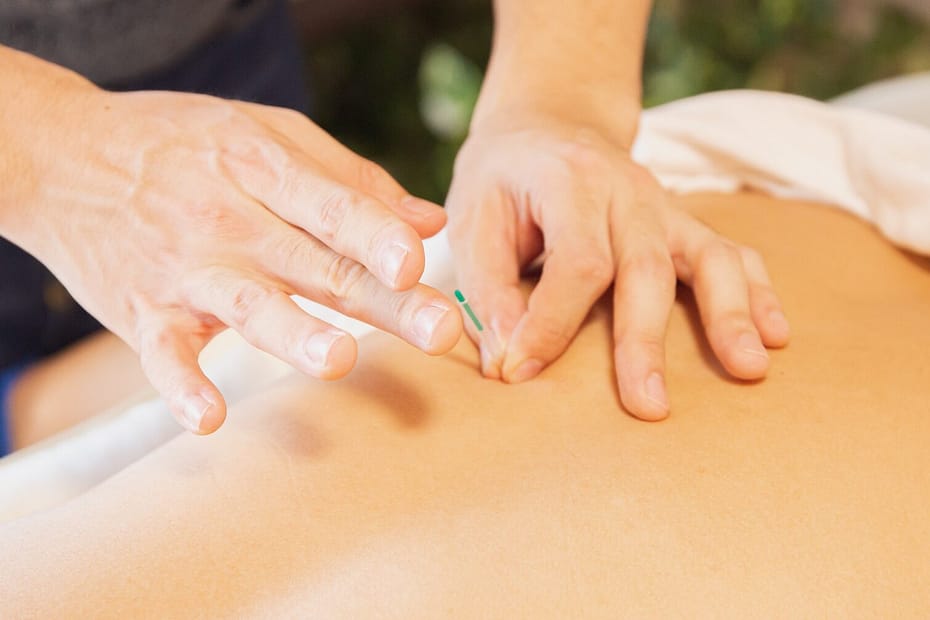Dry needling is also called trigger point dry needling or myofascial trigger point dry needling. It is done by acupuncturists, some chiropractors, medical doctors, and some physical therapists (PTs) to treat myofascial pain. The word “myofascial” is made up of the roots “myo” (which refers to muscle) and “fascia” (which refers to the tissue that connects muscle).
Muscles sometimes develop knotted areas called trigger points. A trigger point is a local contracture or tight band in a muscle fiber that can
disrupt function and restrict range of motion. These trigger points are highly sensitive and can be painful when touched. They are also often the cause of referred pain (or pain that affects another part of the body). Clinicians push thin solid needles through the skin into trigger points. The needles are used to stimulate the tissue, not to inject medication.
A patient may experience different sensations when being needled, muscle soreness, aching and a muscle twitch when a needle is inserted
is considered to be a good sign. The needles may be placed deeply or superficially, for shorter or longer periods of time, depending on what type of
pain is being treated and how long it has lasted. Shorter periods of time would mean that needle would stay in the muscle for seconds, while longer periods could mean 10 to 15 minutes. Pain affects how your body moves. It is thought that dry needling changes the way the brain and muscles talk to each other to let the system return to a more normal movement pattern.
It’s important to note dry needling is not the same as acupuncture. It uses similar tools, but that’s where the similarities end. Dry needling is performed by different practitioners with different training. Acupuncture is based on Eastern medicine, while dry needling is rooted in Western medicine and evaluation of pain patterns, posture, movement impairments, function and orthopedic tests.
Dry needling treats muscle tissue, and its goal is to reduce pain, inactivate trigger points and restore function. It rarely is a standalone procedure. Rather, it often is part of a broader physical therapy approach incorporating other traditional physical therapy interventions into treatment.
Dry needling can be used for a wide variety of musculoskeletal issues, such as shoulder, neck, heel, hip and back pain. While research indicates dry needling is a safe and effective approach for treating and managing pain, some insurance companies may not reimburse for the procedure.
Dry needling is almost always used as a part of an overall plan that will likely include some type of exercise, manual therapy, heat therapy, and education. Dry needling is used to increase range of motion that may be limited due to muscle tightness or scar tissue. Dry needling may also treat:
· Joint problems
· Disk problems
· Tendinitis
· Migraine and tension-type headaches
· Jaw and mouth problems (such as temporomandibular joint disorders or TMD)
· Whiplash
· Repetitive motion disorders (like carpal tunnel syndrome)
· Spinal problems
· Pelvic pain
· Night cramps
· Phantom pain
· Post-herpetic neuralgia (pain left behind by shingles)

